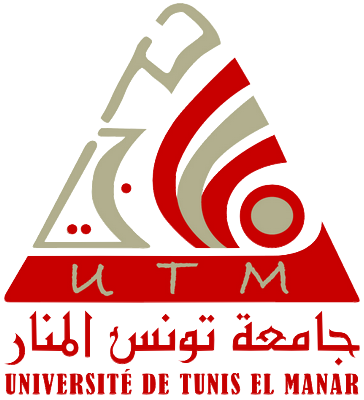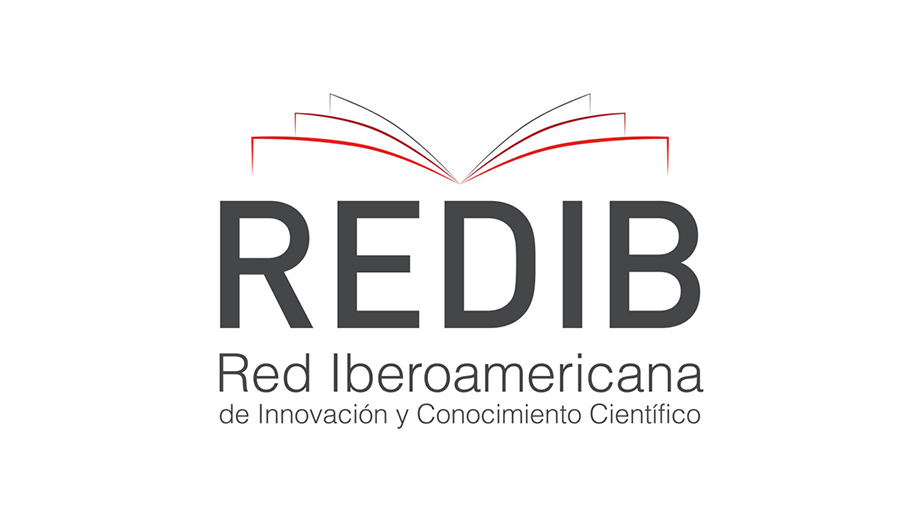“La relación de sus males, [y] el medio de curarlos”. Trans-American Models of Slave Labor Organization in José Antonio Saco’s Análisis de una obra sobre el Brasil
DOI :
https://doi.org/10.71564/dh.vi3.30Mots-clés :
Cuba, esclavitud, abolicionismo, siglo XIX, José Antonio Saco, liberalismoRésumé
El Análisis de una obra sobre el Brasil (1832) de José Antonio Saco es la primera condena de la trata de esclavos publicada en Cuba. Este título se encuentra entre los más citados por la crítica de este historiador criollo y hombre de Estado. Sin embargo, sigue dejando perplejos a los estudiosos del siglo XIX cubano, a quienes les cuesta conciliar el programa liberal reformista de Saco y su postura supuestamente ambigua en cuanto a la esclavitud. El presente estudio busca resolver esta disyuntiva crítica con las herramientas analíticas proprcionadas por Dale Tomich. Este revela perceptivamente que la lógica que respaldó el liberalismo decimonónico y el pensamiento esclavista se apoyaron mutuamente. Es más, en Through the Prism of Slavery: Labor, Capital, and World Economy, Tomich deslinda los contornos de esclavitudes caribeñas heterogéneas, que Saco combina a sabiendas para promover su proyecto político liberal.Téléchargements
Références
ACHING, Gerard Laurence (2015). Freedom from Liberation: Slavery, Sentiment, and Literature in Cuba. Bloomington: Indiana University Press.
ARANGO Y PARREÑO, Francisco de (2005). Obras. La Habana: Imagen Contemporánea, 2 vols.
BENÍTEZ ROJO, Antonio (1996). The Repeating Island: The Caribbean and the Postmodern Perspective. Durham, NC: Duke University Press.
BERGAD, Laird W., Fe IGLESIAS GARCÍA and María del Carmen BARCIA (1995). The Cuban Slave Market, 1790–1880. New York and Cambridge: Cambridge University Press.
CORWIN, Arthur F. (1967). Spain and the Abolition of Slavery in Cuba, 1817–1886. Austin: University of Texas Press.
DYE, Alan (1998). Cuban Sugar in the Age of Mass Production: Technology and the Economics of the Sugar Central, 1899–1929. Stanford, CA: Stanford University Press.
GHORBAL, Karim (2009). Réformisme et esclavage à Cuba (1835–1845). Paris: Éditions Publibook Université.
GOBAT, Michel (2013). “The Invention of Latin America: A Transnational History of Anti- Imperialism, Democracy, and Race”. American Historical Review, 118: 1345-75.
HABERLY, David (1972). “Abolitionism in Brazil: Anti-Slavery and Anti-Slave”. Luso-Brazilian Review, 9 (2): 30-46.
HOBSBAWM, Eric J. (1999). Industry and Empire: The Birth of the Industrial Revolution. London: Penguin.
JACOBSON, Matthew Frye (2000). Whiteness of a Different Color: European Immigrants and the Alchemy of Race. Cambridge, MA: Harvard University Press.
LE RIVEREND, Julio (1972). Historia económica de Cuba. Barcelona: Ediciones Ariel.
MALUQUER DE MOTES, Jordi (1976). “La burguesía catalana y la esclavitud en Cuba”. Revista de la Biblioteca Nacional José Martí, 18 (2): 11-62.
MORENO FRAGINALS, Manuel (2014). El ingenio: complejo económico-social cubano del azúcar. La Habana: Editorial de Ciencias Sociales, 3 vols.
——— (2009). “Negrofobia”. In Órbita de Manuel Moreno Fraginals. La Habana: Ediciones Unión, 40-52.
MURRAY, David R. (1980). Odious Commerce: Britain, Spain and the Abolition of the Cuban Slave Trade. Cambridge: Cambridge University Press.
ORTIZ, Fernando (1973). Contrapunteo cubano del tabaco y el azúcar. Barcelona: Ariel.
PÉREZ DE LA RIVA, Juan (1970). “La contradicción fundamental de la sociedad colonial cubana: trabajo esclavo contra trabajo libre”. Economía y Desarrollo, 2: 167-178.
PORTUONDO ZÚÑIGA, Olga (2005). José Antonio Saco: eternamente polémico. Santiago de Cuba: Editorial Oriente.
RODRÍGUEZ, Ileana (1980). “Romanticismo literario y liberalismo reformista: El grupo de Domingo Delmonte”. Caribbean Studies, 20: 35-56.
SACO, José Antonio (2001). Obras, II. La Habana: Imagen Contemporánea.
SACO, José Antonio and José Antonio FERNÁNDEZ DE CASTRO (1923). Medio Siglo De Historia Colonial De Cuba. La Habana: R. Veloso.
SACO, José Antonio and Domingo FIGAROLA-CANEDA (1921). José Antonio Saco: Documentos para su vida, anotados. La Habana: Imprenta “El Siglo XX”.
SCHMIDT-NOWARA, Christopher (1999). Empire and Antislavery: Spain, Cuba, and Puerto Rico, 1833–1874. Pittsburgh: University of Pittsburgh Press.
SCHORSCH, Jonathan (2004). Jews and Blacks in the Early Modern World. New York: Cambridge University Press.
TOMEK, Beverly C. (2010). Colonization and Its Discontents: Emancipation, Emigration, and Antislavery in Antebellum Pennsylvania. New York: New York University Press.
TOMICH, Dale W. (2004). Through the Prism of Slavery: Labor, Capital, and World Economy. Oxford: Rowman and Littlefield.
——— (2003). “The Wealth of Empire: Francisco Arango y Parreño, Political Economy, and the Second Slavery in Cuba”. Comparative Studies in Society and History, 45 (1): 4-28.
WILLIAMS, Lorna Valerie (1994). The Representation of Slavery in Cuban Fiction. Columbia: University of Missouri Press.
Téléchargements
Publiée
Comment citer
Numéro
Rubrique
Licence
(c) Tous droits réservés Stephen Silverstein 2016

Ce travail est disponible sous licence Creative Commons Attribution - Pas d’Utilisation Commerciale 4.0 International.
Los autores que publican en esta revista están de acuerdo con los siguientes términos:
Los autores conservan los derechos de autor y garantizan a la revista el derecho de ser la primera publicación del trabajo al igual que licenciado bajo una Creative Commons Attribution License que permite a otros compartir el trabajo con un reconocimiento de la autoría del trabajo y la publicación inicial en esta revista, sin hacer uso del material con propósitos comerciales.
Los autores pueden establecer por separado acuerdos adicionales para la distribución no exclusiva de la versión de la obra publicada en la revista (por ejemplo, situarlo en un repositorio institucional o publicarlo en un libro), con un reconocimiento de su publicación inicial en esta revista.
Se permite y se anima a los autores a difundir sus trabajos electrónicamente (por ejemplo, en repositorios institucionales o en su propio sitio web) antes y durante el proceso de envío, ya que puede dar lugar a intercambios productivos, así como a una citación más temprana y mayor de los trabajos publicados.































